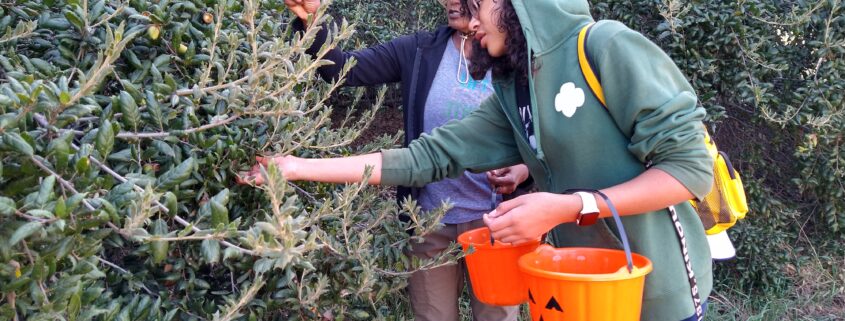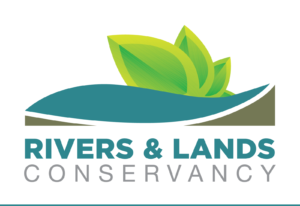
By Rebecca K. O’Connor | Contributing Columnist
Riverside and San Bernardino County organizations are working together to create fire-resilient communities.
Fires were once a component of healthy ecosystems in California, burning low-growing underbrush and reducing competition for nutrients. Drought, pests and persistent heat have changed this, creating extraordinary wildfire seasons across many western states — including California. Eight of the 10 largest fires in California history have occurred since 2017.
These massive fires take weeks of resources to contain and extinguish and are a threat to residents, wildlands and quality of life. Statewide and locally, governmental and community-based organizations are working together to abate the threat.
“We are going to have fires and we want the communities to be involved,” Inland Empire Community Foundation’s Regional Forest & Fire Coordinator David Hernandez said. “We don’t want fires to burn for 25 days. We want them to burn for five or less.”
The foundation was awarded a $1.6 million two-year block grant through the Regional Forest and Fire Capacity Program to help build a regional priority plan of projects that state and federal wildfire dollars may fund in Riverside County. This effort is also supported by a two-year contract with the National Fish & Wildlife Foundation to include public lands and national forests in planning and project development.
Inland Empire Community Foundation is working closely with existing forest program block grantee Inland Empire Resource Conservation District, which has received $7.2 million in the block grants for San Bernardino County.
The forest program distributes 17 block grants throughout California. Block grantees collaborate with state leadership through the Governor’s Wildfire and Forest Resilience Task Force. The grantees help host the regional meetings and organize regional convenings that bring together forest and fire practitioners throughout Southern California to work in tandem advancing the development of collective priorities.
“IERCD is so excited to a part of such a high-impact critical grant program where priorities and needs are determined locally to make results so much greater than they might be otherwise,” Inland Empire Resource Conservation District Manager Mandy Parkes said.
As the community foundation and conservation district build partnerships ensuring there is mitigation for potential wildfires across the Inland Empire, they are also assisting in the creation of Fire Safe Councils in communities that have wildland-urban interface zones where the built environment meets a natural environment. The councils offer resources on evacuation preparation, creating defensible space around homes and avoiding unintended ignition of wildfires.
“We can see insurance companies are leaving at a great pace,” Hernandez said. “It’s urgent that we take steps to address wildfires, otherwise we won’t have the support to rebuild.”
Conservation organizations partner in supporting fire resilience through participating in fire readiness and by stewarding and restoring the habitats they conserve. This often involves community volunteerism, assisting in restoring critical habitats such as oak woodlands at Rivers & Lands Conservancy’s Cienega Canyon Preserve in Calimesa. Volunteers help to collect acorns in the fall and to plant seedlings germinated from these acorns in the winter, helping to expand the woodlands and bolster their health.
One of the biggest challenges facing oak woodlands is the goldspotted oak borer, agrilus auroguttatus. Since its discovery in San Diego County in 2008, infestations have spread and have also been confirmed in Riverside and San Bernardino counties.
Oaks are a key species in Southern California supporting a wide range of wildlife. Infested trees are detrimental to the overall health of the ecosystems that depend on them and they present a fire hazard. The most significant pathway to the spread of the invasive oak borer is the relocation of firewood. Their larvae remain in cut oak logs from infested trees and can be spread to non-infested areas by transported wood.
“Buy wood where you burn it,” Parkes said. “Rapidly spreading pests is a problem and we should be good stewards. Tell your friends to buy where they burn as well.”
It is a monumental effort to create a connected and cohesive plan across the immense geography of the two-county region. The conservation district and community foundation have made headway in creating this plan and ensuring funds are regranted in ways that will have the greatest impact, according to Parkes and Hernandez, but there is still a great deal of work to be done.
“The state recognizes that increasingly catastrophic fires are unsustainable,” Parks said. “If you live in or near a forested area, engage with your local fire council. We want to make sure people have resources, are contributing to fire resiliency and are safe.”
Rebecca K. O’Connor is the co-executive director of Rivers & Lands Conservancy and is the author of several books on the natural world.
Rivers & Lands Conservancy connects our community to natural, wild, and open spaces of Southern California through land conservation, stewardship, and education.





